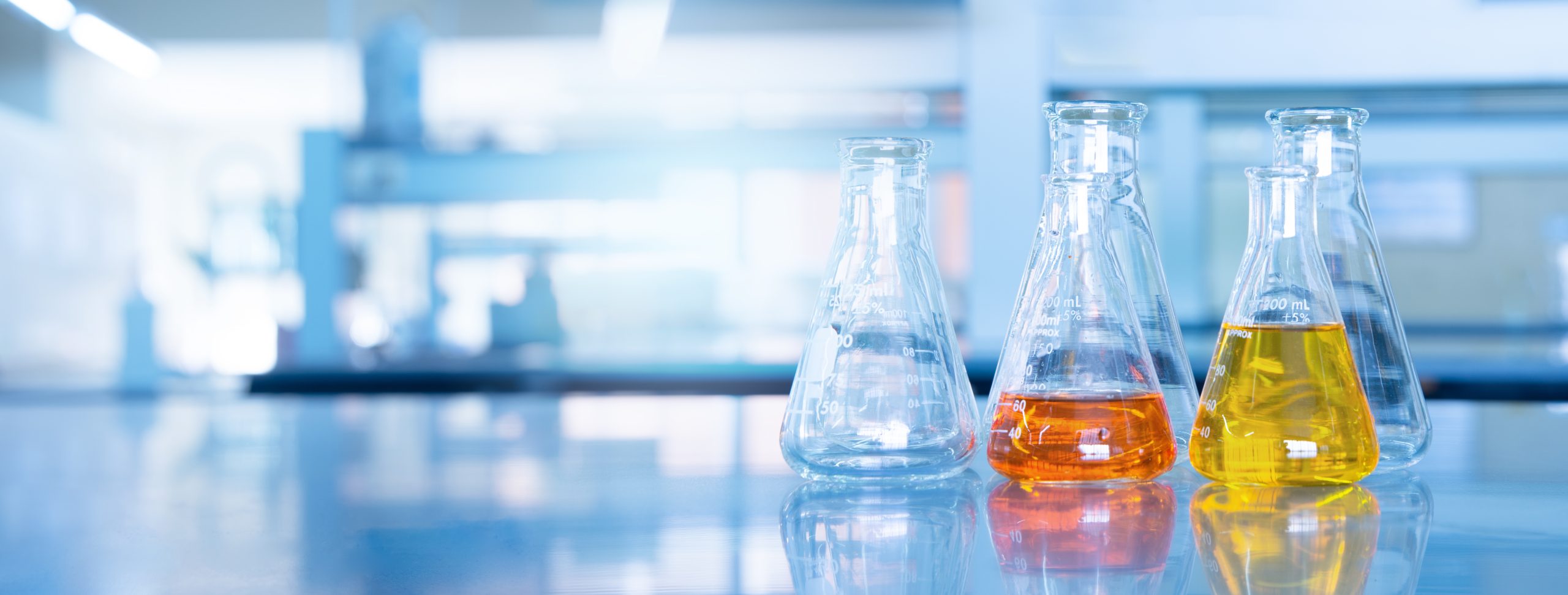Метансульфоновая кислота

Характеристики
| Пункт | Показатель |
| Содержание | ≥99% |
| Сулфат | ≤30ppm |
| Fe | ≤5ppm |
| Тяжелые металлы(Pb) | ≤5ppm |
| Цвет | ≤20Хазен |
| Хлорид | ≤10ppm |
Упаковка и хранение
| Упаковка | В бочке 250 кг | |||||||
| Хранение | 20℃, 1-2 года. | |||||||
| Доставка | Комнатная температура в Китае; может отличаться в других странах | |||||||
Контактная информация
Чтобы получить образцы, цены или дополнительную информацию, позвоните нам по телефону 0086 25 51192301 напишите по адресу info@ascent-chem.com или заполните следующую форму.
Мы ответим вам как можно скорее.
Tel: 0086 25
51192301
E-mail: info@ascent-chem.com



Общая информация
| Общепринятые названия | Метансульфоновая кислота | Метансульфокислота | ||||||
| Структура | |||||||
| CAS №. | 75-75-2 | Температура кипения (℃) | 167 °C | ||||
| Молекулярный вес | 96.106 | Температура плавления (℃) | 19 °C | ||||
| Вид | Желтоватая прозрачная жидкость | Удельный вес пара | 1,5±0,1 г/см3 | ||||
| Код ТН ВЭД | 2930909099 | Температура вспышки | >230 °F | ||||
| Растворимость | Температура самовоспламенения (℃) | ||||||
| Фразы безопасности | S26-S36-S45-S1/2-S36/37/39 | ||
| ДОПОГ | UN 3265 8/PG 2 | ||
| WGK (Германия) | 1 | ||
| Упаковочная группа | III | ||
| Класс опасности | 8 | ||
| Симптомы | Предотвращение | Первая помощь | |
| Вдыхание | Кашель. Боль в горле. | Используйте местную вытяжку или средства защиты органов дыхания. | Свежий воздух, отдых. |
| Кожа | Покраснение. Чувство жжения. Зуд. | Защитные перчатки | Снять загрязненную одежду. Промойте, а затем вымойте кожу водой с мылом. |
| Глаза | Покраснение. Боль. | Наденьте защитные очки. | Сначала промыть большим количеством воды в течение нескольких минут (снять контактные линзы, если это возможно), затем обратиться за медицинской помощью. |
| Проглатывание | Боль в животе. Тошнота. Рвота. | Не ешьте, не пейте и не курите во время работы. Мойте руки перед едой. | Прополоскать рот. Вызвать рвоту (ТОЛЬКО У ЛИЦ В СОЗНАНИИ!). Обратитесь за медицинской помощью. |

Frequently Asked Questions
Q: What is Methanesulfonic acid used for?
A: Methanesulfonic acid is a raw material for medicine and pesticides, and it can also be used as a dehydrating agent, a coating curing accelerator, a fiber treatment agent, and a solvent.
Q: How do you store Methanesulfonic acid?
A: It should be stored in a cool, dry, and well-ventilated special warehouse. Keep far away from fire and heat sources. It should be stored separately from oxidants, alkalis, and amines, and should not be stored mixed. Equipped with the appropriate variety and quantity of fire equipment. The storage area should be equipped with leakage emergency treatment equipment and suitable containment materials.
Q: The emergency measures?
Skin contact: Take off contaminated clothing immediately, wash the contact point with plenty of running water at least 15 minutes. Seek medical advice.
Eye contact: Immediately lift the eyelids and rinse thoroughly and persistently with plenty of running water or normal saline at least 15 minutes and seek medical attention.
Inhalation: Get out of the scene and into the fresh air. Keep airway open. If breathing is difficult, give oxygen. If the breathing stops, give artificial respiration immediately and seek medical attention.
Ingestion: Rinse your mouth with water and drink milk or egg whites, and seek medical attention.

Q: Leakage emergency treatment?
Quickly evacuate the personnel in the contaminated area to a safe area, quarantine and strictly restrict the entry and exit of personnel. Cut off the fire source. It is recommended that emergency personnel wear self-contained positive pressure respirators and anti-acid and alkali overalls. Cut off the source of the leak as much as possible. Prevent it from flowing into restricted spaces such as sewers and flood drains if it is a liquid.
Small spills: Mix with sand, dry lime or soda ash. It can also be washed with a large amount of water, neutralized and diluted with alkali, and then put into the waste water system.
Large amount of leakage: Construct dikes or dig pits for containment. Transfer it to a tank truck or a special collector by a pump, and recycle it or transport it to a waste treatment site for disposal. If it is solid, mix with sand, dry lime or soda ash and sweep up carefully. If there is a large amount of leakage occurs, collect and recycle or transport to a waste disposal site for disposal.

